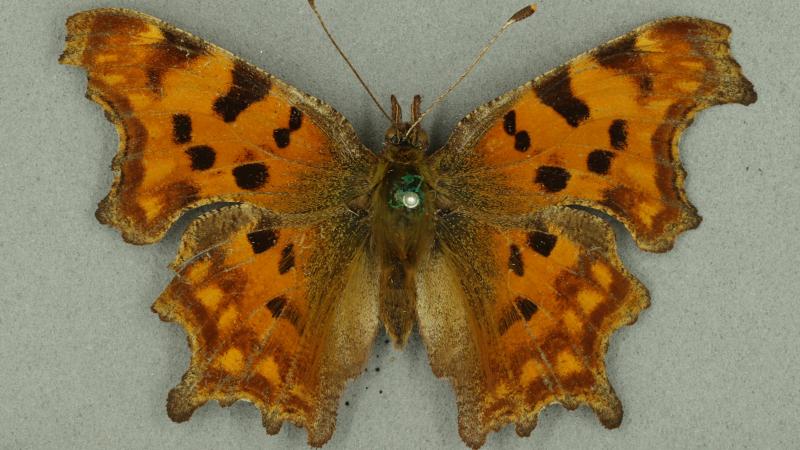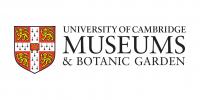
Pictured: comma, Polygonia c-album
200-year trend in Cambridgeshire: Increase.
Modern records
The note shows that during Jenyns’ day the comma was quite rare, being listed from only one location and ‘not in great plenty’. It declined for much of the 19th century and was not seen in Cambridgeshire for many decades. However, in the 20th century it reappeared and has grown in number to become common and widespread across the county. Climate change and a switch to nettles as the larval foodplant (formerly relying more on hop) are thought to be possible reasons for its resurgence. The caterpillars will also feed on elm and Dutch elm disease could be providing another indirect benefit to the species, as shrubby growth of elm affected by the disease is possibly more suitable than tall mature trees which the disease has killed off.
National records map
Comma national records map: https://species.nbnatlas.org/species/NHMSYS0000503893





